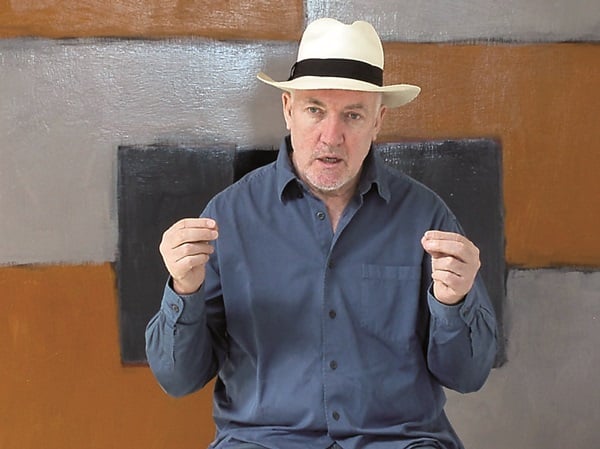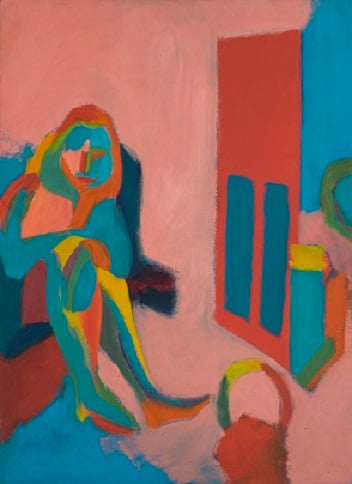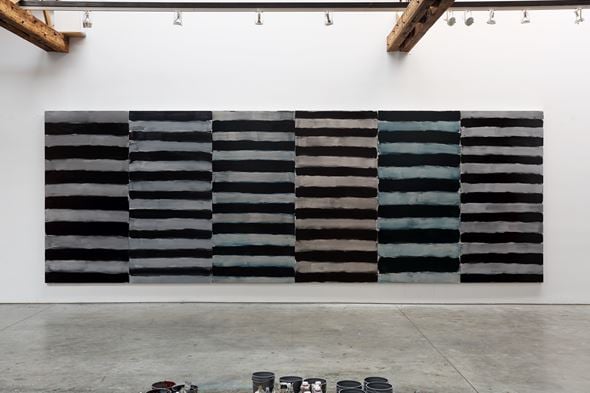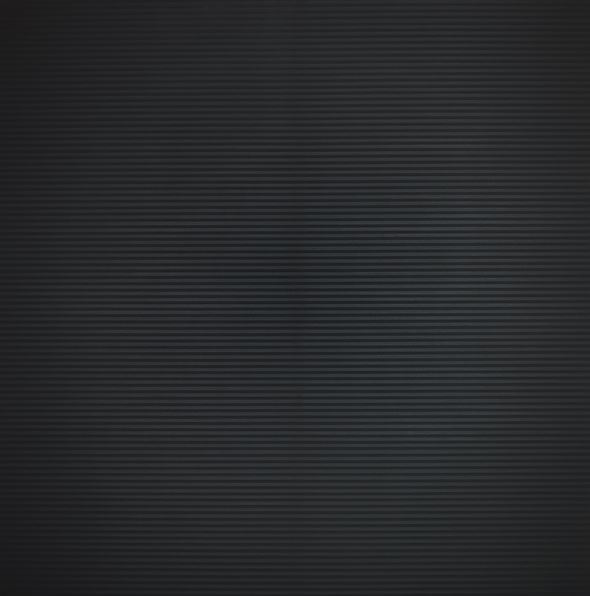Art & Exhibitions
artnet Asks: Sean Scully
The painter's work is showing at the Ludwig Museum, Koblenz.

The painter's work is showing at the Ludwig Museum, Koblenz.

Artnet News

Sean Scully’s striped and checkered abstractions are a familiar sight to most in the art world. But, the Irish painter wasn’t always a foe of form. In his early practice, figurative works were inspired by expressionist works like those of the Brücke artists and other European modernists. For the first time, the Ludwig Museum in Koblenz, Germany has brought together some of Scully’s early figurative canvases along side his iconic abstract works for a seminal show that is open through November 16 and will subsequently travel to the Kunsthalle Rostock and other institutions.
The show at the Museum Ludwig gives a rare look into your figurative practice alongside the well-known abstract works. What spurred your departure from figurative painting?
I left figuration for the freedom of abstraction: to be able to think openly and reuse structures that could be repeated to open up new meanings by making small changes.

Sean Scully, Untitled (Seated Figure) (1967)
Photo: Courtesy Ludwig Museum Koblenz
What do you think they illuminate particularly about your later work?
My subsequent abstraction is clearly carrying the memory of the body, plus my colors and the way I paint shows an interest in the inspiration of the things in the real world.
You’ve said in the past that your vaguely checkered compositions are reflective of the Irish society you grew up in. Could you explain that further?
In Ireland one sees a very powerful sense of repeated geometry. This is in the music, in Neolithic art such as standing stones, and street art such as the way houses and structures are painted with bold simple color divisions.

Sean Scully, Horizontal Soul (2014)
Photo: Courtesy Ludwig Museum Koblenz
German expressionism seems like a logical touch-point for your work in the context of this show, but what movement/artists have most greatly influenced your practice?
German expressionism is powerful in my work. However, what I did recently was to take the humanism of expressionism and push it through the grid of minimalism, thus creating a new abstraction.
When did you know you wanted to be an artist?
When I was 4.
If you could own any work of modern or contemporary art, what would it be?
A room of Cy Twombly paintings.
What are you working on currently?
I am working on a big retrospective in China. This will include a huge metal sculpture. I am also working on landline paintings that are made up of horizontal bands.

Sean Scully, Horizontal Black (1980)
Photo: Courtesy Ludwig Museum Koblenz